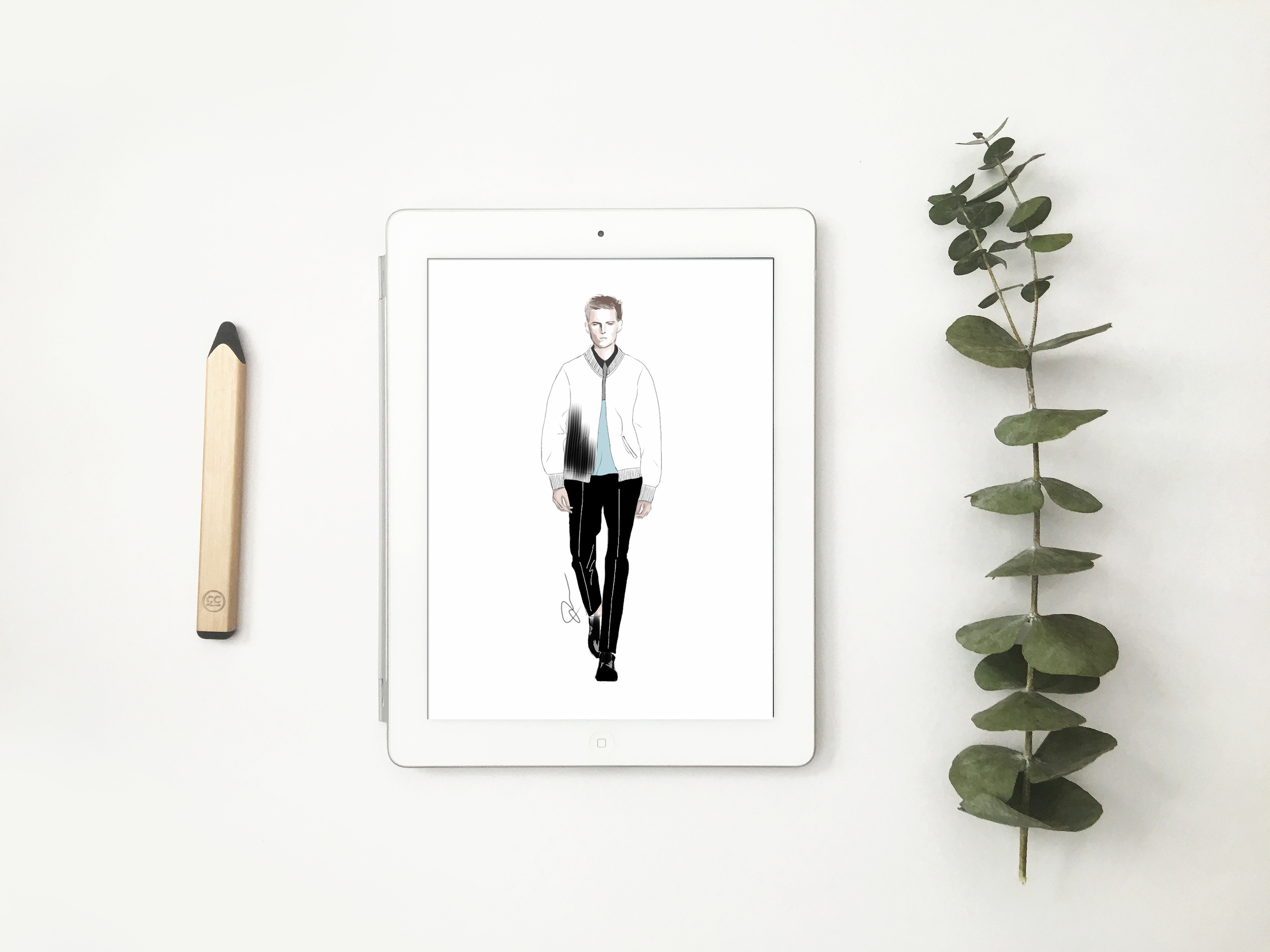WHITE by KENYA HARA || a designer book review

We often hear the word “minimalism” thrown around – yet what exactly does this abstract concept mean? Some say it is a blank canvas where the actual art is absent. Others say that a minimalist cannot own more than a hundred possessions. Many say it is just a fad embraced by hipster bloggers, a fleeting trend that will one day pass.
These stereotypes are dispelled by Kenya Hara in his book White. Simple yet mind stimulating, this 64-page book gives the concept of minimalism great meaning. It explores Asian philosophies, as well as explains why white space is so crucial to great designs.
As implied by its title, this book is not about colors. Rather, Hara examines the lack of colors and the essence of ‘white’. He likens this shade to the tradition Japanese aesthetics, which emphasizes on simplicity and subtlety. Central to the concepts he talks about is the idea of “emptiness”, and the powers of a blank sheet. Paper is also employed as a symbol to describe the principle of whiteness, testifying that it can spark the imagination of creative people. Rather than treating ‘white’ as a hue, he defines it as a design element – the absolute void.
Like the subject matter itself, the look of the book is clean and concise. It is characterized with crisp cream pages and modest black serif fonts. A white ribbon that can be used as a bookmark adds a thoughtful touch to the book.
“[White] is ‘all colors’ and ‘no colors’ at the same time. This identity as a color that can ‘escape color’ makes white very special.”
Kenya Hara is a Japanese graphic designer and curator. He is art director of Muji, and a key figure of the brand. During the span of his artistic career, he has published multiple book and is a leading figure in the Japanese design industry.
Photo credits: Broadsheet
Kenya Hara also views design as a method of communication. Good communication should not be pointed in one single direction. Instead, both end should be listening to each another. He discusses the powerful empty space found in non-verbal interactions – such as a subtle nod or a greeting of the eyes. Japanese communication often leaves much unsaid, basked in finess of silence.
This short but substantial read has encouraged me to slow down and understand ‘emptiness’ in a more thoughtful perspective. Designers and art enthusiasts will find deep value in this book, even if only bold colors ever permeate your work. In fact, the flashiest gestures can sometimes benefit from the occasional eloquent nod.









